What types of microphones are there and how to choose?
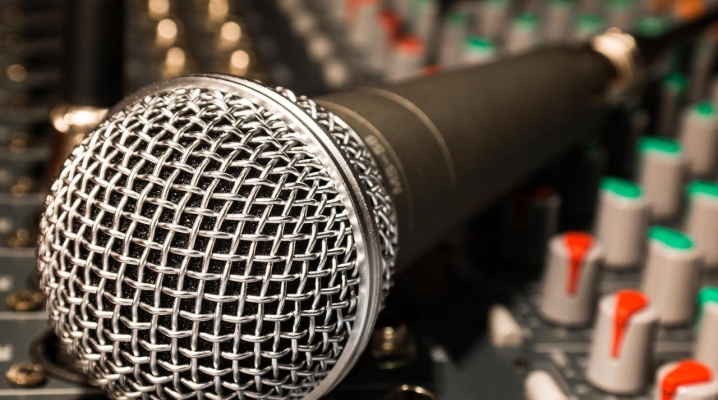
There is a wide range of microphones on the market today that can be used for a wide variety of needs: tube, ultrasonic, linear, analog, XLR, calibration and many others - they all have different dimensions and their own design features. In recent years, many Asian companies have appeared in this segment, so it is quite easy for an ordinary user with no technical knowledge to get confused.
In our review, we will dwell in more detail on those parameters that should be given the utmost attention when choosing a microphone.

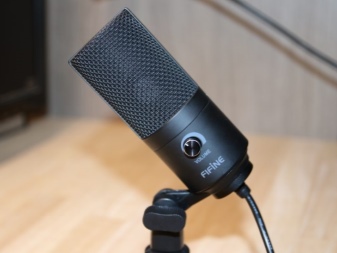
What are the methods of converting acoustic vibrations?
Condenser
From a technical point of view, a capacitor bank is a conventional capacitor that is progressively connected to an electrical circuit with a source of the required voltage.
These devices are made of electrically conductive materials, here the electrode with the membrane is separated by an insulating ring. Under the influence of vibrations, the tightly stretched membrane begins to vibrate in relation to the static electrode. At this point, the capacitive parameters and the state of charge of the capacitor change with the amplitude of the acoustic pressure, which affects the sound membrane.
In this case, an electric current of a similar frequency is formed in the electrical circuit, and with a load impedance an alternating voltage appears - it is this voltage that becomes the output signal of the technique.
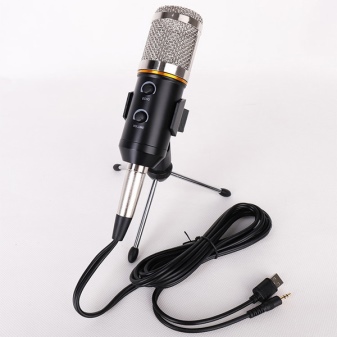
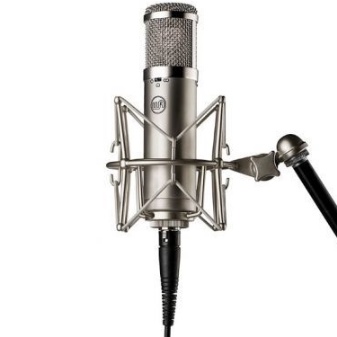
Electret
These installations, in fact, are the same capacitor ones, only the presence of a constant voltage here is determined by the electrolyte charge, which is applied to the membrane with a thinnest layer and allows this charge to be retained for a long time. Microphones have a higher output impedance, which is capacitive in nature. Accordingly, in order to reduce its value, a source follower on an N-channel transistor with a P-N junction is built into the microphone body. Thanks to this design, it is possible to achieve a significant reduction in the output impedance and a decrease in the level of signal loss at the time of connection to the input of the amplifier.
Despite the absence of the need to maintain a polarizing voltage, due to the presence of a built-in transistor in the electrical circuit, such microphones still require an external power source. Traditionally, the membrane of such microphones has a considerable thickness, while a slightly smaller area. Due to this, the parameters of such devices are often inferior to typical capacitor ones.
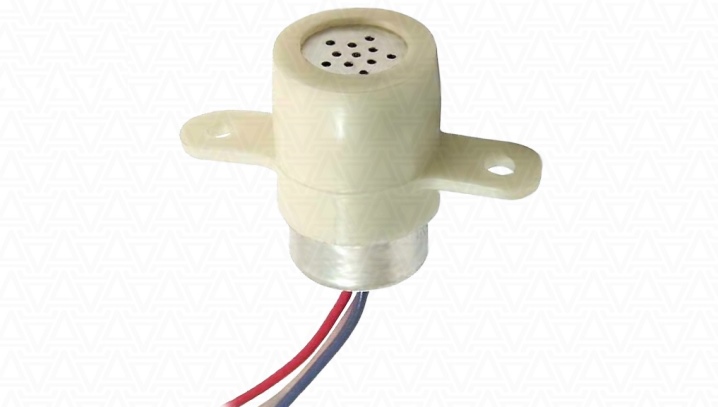
Dynamic
In terms of design parameters, these models resemble a dynamic loudspeaker, only the mechanism of operation is different - such installations are a stretched membrane fastened to a conductor. The latter is in a powerful electromagnetic field, which is created by an active magnet. This membrane is influenced by sound waves and thereby causes the conductor to move.
The conductor overcomes magnetic force fields, and as a result, an inductive EMF appears. This parameter depends on the amplitude of the membrane movement.
Unlike typical condenser models, this type of unit does not need phantom feed.

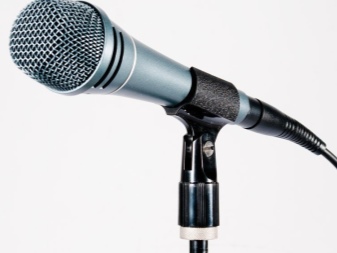
By their design, dynamic models are divided into reel and tape models. In reel-to-reel versions, the diaphragm is fed to the coil, which is located in the annular gap of the group of magnets. By analogy with loudspeakers, acoustic waves during oscillations of the diaphragm for the coil intersect, and under the influence of the electromagnetic field, a variable electromotive force is formed in the coil. Today, such microphones are considered one of the most popular, as well as electret microphones.
In tape electrodynamic models, there is not a coil in the magnetic field, but a corrugated tape made of metal foil, usually aluminum. This design makes it possible to record the high frequency range in the best quality. In most cases, these microphones are bi-directional, which makes them suitable for sound recording. It should be noted that these devices have increased requirements for storage and operation conditions. In some situations, even simple storage on the side leads to excessive stretching of the tape and, as a result, the inability to work with equipment.
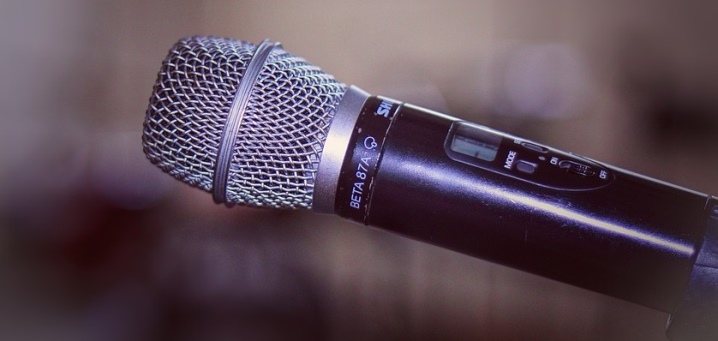
Coal
Such models are devices where the transmission of sound signals is performed by changing the impedance of a conductive material from carbon powder or by changing the parameters of the interface area of a specially shaped graphite rod.
Today, coal models are almost never used, the reason for this is low technical and operational characteristics.
In the past, the most popular were models that looked like a sealed capsule, consisting of a pair of metal plates with a layer of coal. In them, the walls of the capsule are connected to the membrane. At the moment of changing the parameters of pressure on the coal mixture, accordingly, the size of the contact area between the isolated grains of coal changes. All this entails a change in the size of the impedance between the plates - if a direct current is passed between them, the voltage level will largely be determined by the degree of pressure on the membrane.
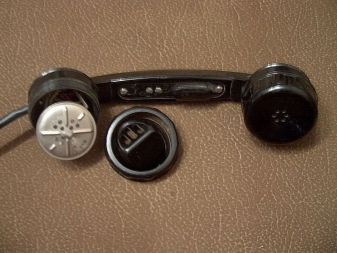
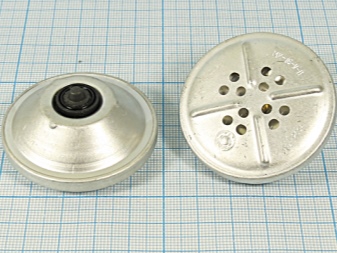
Optoacoustic
In these installations, acoustic vibrations are produced due to the reflection of a laser from a working medium, which is why such microphones are often called laser microphones. These are devices in a compact body, in which well-fixed membrane vibrations are recorded using laser radiation reflected at an angle.
In general, this type of equipment is quite specific and is used very narrowly., for example, in a number of scientific instruments (high-precision distance sensors or seismographs). It should be well understood that most often such microphones are single copies, in which the statistical principles of signal processing and special component adjustment operate.
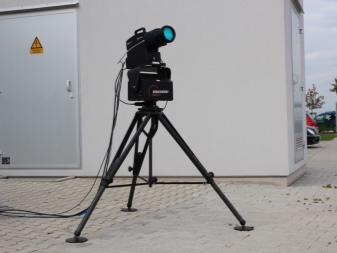
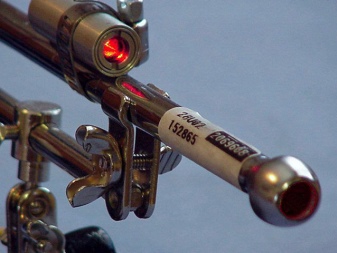
Piezoelectric
These devices operate on a piezoelectric effect. At the moment of deformation of piezoelectrics, electric discharges are formed, the size of which is directly proportional to the deformation of a plate of artificially grown crystals.
In terms of their technical and operational parameters, such microphones are significantly inferior to the vast majority of dynamic and condenser models.
Nevertheless, in some areas they are still used - for example, they can often be found in outdated guitar pickups, as well as in their modern budget versions.
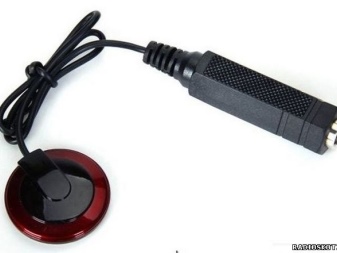

Spatial directivity types
Modern microphone technology is subdivided into several varieties depending on the spatial directivity parameters. Among the most popular options for such microphones, you can find devices with the following types of directivity:
- cardioid;
- circular orientation;
- hypercardioid.

There are also other models - parabolic, binaural, "figure eight", but they are rather rare.
The circular technique is considered the most popular these days. The reason for such a demand is that for these microphones the peculiarity of the location of signal sources relative to the microphone diaphragm does not matter at all.
This is very important, otherwise it will be inconvenient to use the microphone.
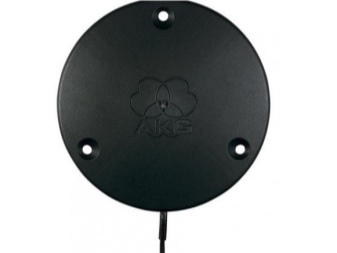
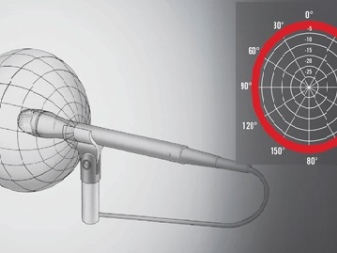
The cardioid microphone also has some basic pick-up characteristics. So, in one of the hemispheres it is sensitive, while this cannot be said about the other. These microphones are capable of serving several sources of sound waves at once. In most cases, they are used during stage performances by musicians or instrumental performers. The technical characteristics of these microphones are optimal for vocals as well as choral singing.

The hypercardioid microphone allows you to receive sound even if its sources are very far away. The diaphragm in it is located perpendicular to the axis, it can be held between the sources of sounds, as well as the device itself. However, even a very small deviation often causes a significant drop in sound quality.
In everyday life, such models are called "guns", they are in demand among journalists, reporters, lecturers and representatives of some other professions.

Types by appointment
Variety
Such devices are indispensable for presenters and artists who need it to be heard by a large number of people in the hall. This microphone has a good fit in special holders.
Stage devices can be roughly divided into wired and wireless. In addition to hand-held models, this category also includes headsets and lapel pins. Depending on the function performed, pop microphones are divided into subgroups, for example, vocal, spoken, instrumental installations, models for rap and beatboxing, as well as devices for sounding can be distinguished.


Reporter
As the name suggests, these microphones are used in journalism, interviewing and reporting. Reporter models are wired and wireless. Depending on the design features, a distinction is made between handheld microphones, headsets, and discreet wearing devices.
A distinctive feature of such microphones lies in the possibility of their use in the open air, this dictates their directivity parameters: they are not afraid of low and high temperatures, they can be used in rainy and windy weather.
A separate subcategory within this group is formed by on-camera models of removable and non-removable types.


Studio
This solution is commonly used in radio and television broadcast studios. They are relevant during the recording of programs, as well as for conducting live broadcasts on air. Usually, products are "sharpened" for processing ordinary speech of ordinary users.
Devices of this type have a well-recognizable appearance, they are designed for use in specialized racks or are equipped with fixing suspensions, such as, for example, a "spider". Usually a switch is provided here that can change the directivity parameters. If necessary, this technique can function both in a circular format and in a cardioid format.
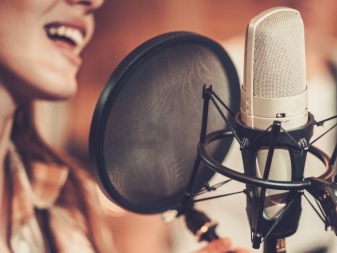
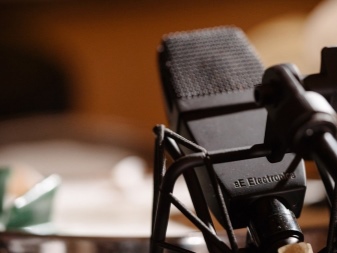
Instrumental
Instrumental models are visually similar to traditional studio and vocal devices, however, they also have a lot of similarities with stage ones. Their distinctive feature is that they can perceive all the subtleties and details of sound in conditions of increased impedance to powerful acoustic pressure.
The built-in attenuator allows to resist such signals, which is responsible for leveling the risk of overloading the device.
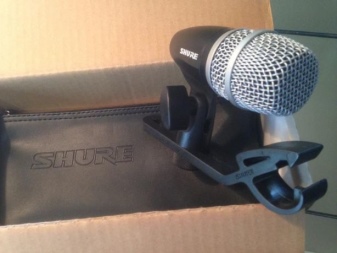
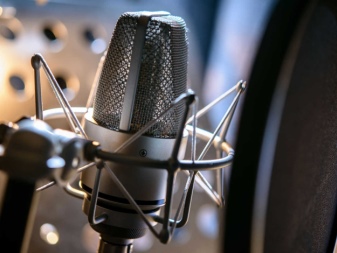
For sound recording
The principle of operation of these microphones resembles both vocal and instrumental devices.Such setups are usually fixed on a dedicated stand for recording in a music studio. There are stationary as well as remote versions for remote recording.
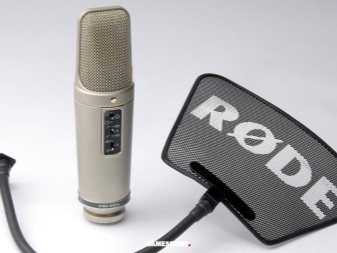
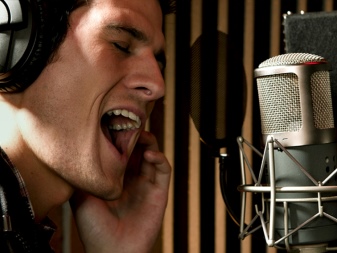
For other purposes
The modern industry offers many other options for microphones, they can be intended for fans of computer games, for hosting webinars, as well as organizing conferences, seminars and lectures.
Certain types of microphones are used for hands-free communication in video chats, there are fitness models and outdoor microphones for broadcasting from the stands.
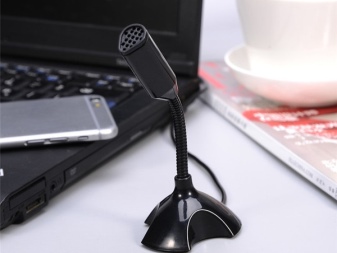

How to choose?
When buying a microphone, first of all, you need to understand:
- there are no universal devices that can be used in all cases of life;
- a quality microphone cannot be cheap, no matter what the managers tell you.
You need to buy equipment strictly based on the tasks that you plan to solve with its help. So, if you are going to broadcast drum parts that are performed on standard audio systems, then you will need not one, but several highly professional instrumental devices at once, they can easily withstand the strongest acoustic pressure.
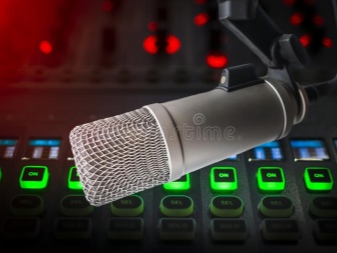

If you plan to record quiet singing, then you can get by with one vocal microphone. For live performances, as well as for street reporting, for dubbing videos and organizing webinars and Internet podcasts, it is best to select specialized microphones.
Any mistake will incur unnecessary costs. For example, you can buy a studio microphone for online podcasts, but you need additional hardware to get it working. However, the result of such recordings will be only digital video with an increased compression ratio, which, as you know, significantly degrades the quality.
It turns out that you pay extra money, getting the result that absolutely does not suit you.

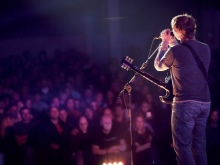
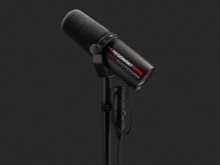
Another podcaster can choose a boom microphone specially "sharpened" for such needs, the price tag of which will be an order of magnitude lower - it connects to a personal computer directly via USB. Insofar as it has a built-in interface, at the output the audio material that will go to the Internet will be of good quality, but there will be a lot of organizational "problems".
If you are looking for a hidden technique for performing on the streets during the spring and summer months, you can use condenser microphones. However, in conditions of low temperatures, it will begin to function incorrectly, and may even fail completely. The most justified and practical solution in this case will be a dynamic wired device.


When choosing a microphone, you need to pay attention to some technical and operational characteristics.
- Nutrition. It can come from a rechargeable battery, battery, or via a cable. However, on sale you can find devices that can work on both the first and the second type of power supply.
- Sensitivity parameters. This feature reflects the minimum sound that the device can pick up. The lower the decibel reading, the more hypersensitive the device will be. And if the measurement is performed in mV / Pa, then here the dependence is different - the higher the value, the better the sensitivity parameter.
- Frequency range. This is the range of sound that is formed by each individual unit. For example, a device with parameters from 80 to 15000 Hz will be enough to record a voice, but for recording such an instrument, for example, a drum, it is better to use a device with a frequency range of 30 to 15000 Hz.
- Signal / noise - the higher this characteristic, the less the degree of sound distortion. On average, this parameter is calculated in the range of 64-66 dB, professional equipment has an indicator of 72 dB or more.
- Nominal resistance. This parameter reflects the ability to connect a microphone to a particular equipment, it is extremely important for professional equipment. But for the one that is used with a phone, tablet, laptop, personal computer, it is not so decisive.
- The reception range of the wireless microphone, as well as the length of the cord for wired models. These performance characteristics affect how freely the performer can move around with the microphone. Accordingly, the larger the range and the longer the cable, the better.
- Body material. It is believed that plastic models are lighter and more affordable in terms of cost, but they are less sturdy. The metal case has increased strength indicators, but the mass of such models is greater, and the price tag is an order of magnitude higher. Pay special attention to the fixing methods - these can be standard rack-mount models, as well as on-camera, lavalier and even ceiling options.
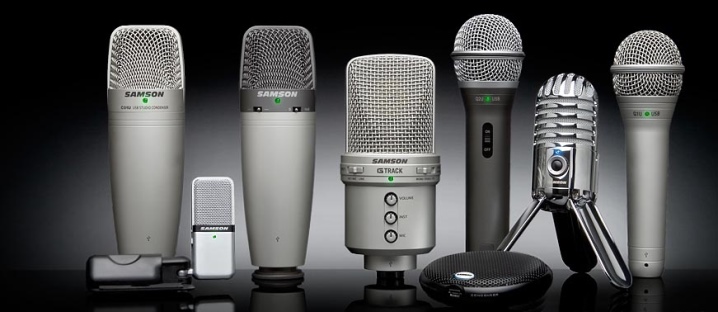
It is not recommended to purchase microphones relying solely on brand credibility. Even the most recognized leaders in the market regularly include budget models for the mass market in their assortment portfolio.
Therefore, companies that until recently specialized in producing the most professional solutions are now actively diluting their range with low-quality microphones for home studios and amateur performers.
If you buy inexpensive equipment, even from the most famous brand, you may not get what you want at all.

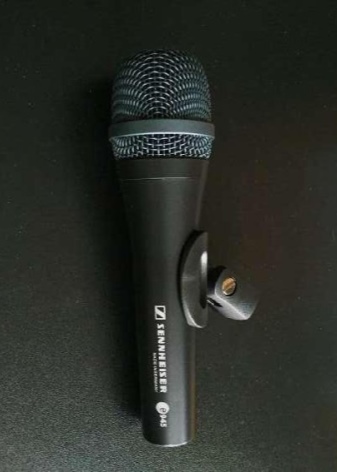
Currently, the term "professional microphone" has also largely discredited itself. Many well-known manufacturers after having expanded their production facilities to China, Vietnam and Mongolia, along with high-quality products, they began to offer users banal consumer goods.
In addition, a whole galaxy of microphones has gone on sale, created to solve modern problems, for example, for audio recording of speech broadcasts, for online broadcasting or voice acting for videos. Such models are quite budgetary, but you should not expect normal quality from them.
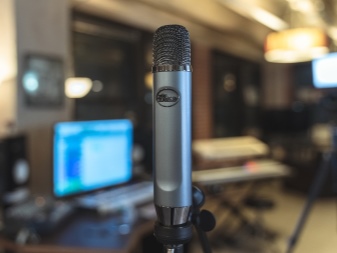

But you can pay attention to the cost, in this regard, nothing has changed - professional microphones were not cheap before, and today the price tag for them is still high.
If the microphone is chosen for organizing concerts and public performances, then special attention can be paid to its design. On sale you can find a variety of beautiful models - vintage or modern, traditionally black or creative red and pink.
Backlit models are very popular.

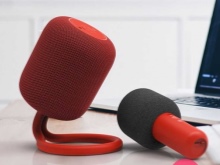
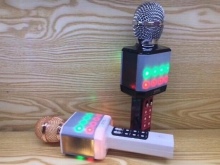
For tips on choosing a microphone, see the following video.













The comment was sent successfully.